TWWK May 29, 2012
Heart of Manga
Honest, intelligent news and reviews for manga romantics
Article
The Manga Cookbook – The Manga University Culinary Institute
May 26, 2012
With the MMF focused on food this week, I thought it would be a fun time to review a book I recently acquired to help me make some Japanese cuisine at home. While I bought a variety of books to add some Asian flair to my kitchen, this book has been one of the most enjoyable and simplest to understand and prepare.
The Manga Cookbook: Japanese Bento Boxes, Main Dishes, and More! is a compilation of Japanese foods that manga readers may have seen their favorite characters eating. It was written by Yoko Ishihara, a Kagawa Nutrition University certified nutritionist and chef, and drawn by Chihiro Hattori, also known for her Kanji de Manga series.
The Content: The Manga Cookbook has a small selection of popular Japanese dishes for every course of a meal, from appetizers to desserts. The book is written for a western audience, so it reads left to right. The first chapter introduces the characters who walk you through the recipes, and then demonstrates how to use a pair of chopsticks. Next is a series of colored photographs that picture all of the recipes within the book. Then come the recipes divided up by course, and finally an index so you can look up a recipe quickly and easily.
The selection of recipes was the main reason I chose this book. If you are looking for a catalog of Japanese cuisine, then this little cookbook won’t sate your appetite. However, if like me you are looking for a small sample of basics, then The Manga Cookbook has a little taste of everything. The recipes include bunny apples, sausage octopi, rice balls, rice burgers, sushi, bentos, udon, tonkatsu, fried chicken nuggets, okonomiyaki, dango, and desserts with red bean paste, plus a few more. I’ve not had enough time to try them all!
The Design/Illustrations: Another reason I chose The Manga Cookbook was because of the focus on illustrated recipes. I wanted to know how to make some of the basic dishes in Japanese cuisine. But following directions from the internet isn’t always easy, especially if there are no illustrations accompanying the recipes. That was not an issue with The Manga Cookbook. Every recipe is drawn out and numbered step by step. For a visual learner like myself, that makes the process of following the recipe a cinch!
The layout and design of the book is very inviting as well. The cookbook has three main characters that introduce and demonstrate the recipes as well as provide notes and feedback. The characters are stereotypical generics. There’s a girl who is the main cook, Miyuki, her boyfriend Hiroshi, who samples all of the cooking, and an animal mascot named Coo who looks like a fox. The characters add to the appeal of the book, as they provide side humor and give the recipes a more attractive format.
While the character designs are not up to par with say a popular series like Naruto or Sailor Moon, they suffice for the intent of the cookbook. The designs are very basic line art with very little toning. The food illustrations are detailed enough that they are recognizable and easy to follow. The drawings are vey basic, but making it simplistic helps the layout of the recipes look clean and neat.
As I stated before, the recipes are all illustrated step by step, but this is not just an illustrated cookbook. There’s more than one reason it’s called a manga cookbook. Upon opening to a recipe, the instructions unfold in a story like manner. A short list of ingredients are followed by our character, Miyuki, going through the steps and talking to the audience. From one recipe to the next, there is commentary and interaction between the characters. It makes the cookbook a little more like a manga.
The Food: So how are the recipes, you ask? They’re quite good. I’ve made some of the basic things from the book. Right away I had to try making the usagi ringo, or apple bunnies for my kid’s lunch. They were a hit. I also followed the directions for making onigiri with my hands. It’s kind of messy, and I’ve found I prefer to use molds. But no matter the shape, they still tasted good! The karage, or fried chicken nuggets, is another recipe I’ve tried out. The spices are pretty bland for my taste, but that is easy to fix by adding a sprinkling of what you like to the batter. I added garlic and onion and the nuggets turned out quite tasty. Some of the other recipes I’ve not been able to try because I haven’t been able to find ingredients locally. Adzuki beans and bonito flakes are not stocked at any of my local markets, and the closest Asian market is over 30 miles away. That won’t stop me for very long, though.
The Audience: I found the book to be highly enjoyable by any age group. Looking through the illustrations and content, it is most likely intended for a younger audience. Tween and teens can easily follow the directions to make something from his or her favorite manga.
Heart of Manga Rating:♥♥♥♥ Highly Recommend
For chefs new to Japanese cuisine, The Manga Cookbook is a wonderful introduction to making basics. Fun and easy to follow, this little cookbook will be a big help in the kitchen.
More views of the book can be seen at: www.mangauniversity.com
Latest posts by Laura (see all)
- Newest Series by Mangaka You Love – Shoujo & Josei - January 3, 2018
- Best New Shoujo Manga of 2017 - December 29, 2017
- Heart of Manga on Hiatus - December 16, 2017
2 Comments
-
-
The Manga Cookbook has been on my amazon wishlist for quite some time now. Glad to hear it’ll be a good recipe book when I do break down and order it 🙂
Contact Me
Subscribe to Heart of Manga
Heart of Manga on Pinterest
What We’re Talking About
Top Posts & Pages
- Dracula Everlasting - DeFilippis, Weir, and Silvan
- Blue Spring Ride Episode 8 - "Caring for Things Brings A Lot of Trouble"
- Accidental or Stolen Kiss - Common Shoujo Manga Tropes
- Memorable Manga Moments: Shugo Chara! - Special Naughty Edition
- Blue Spring Ride Episode 10 - "Walking Through Night"
- BL Game Review: No, Thank You!!!
- Shoujo Sensei: Fish Therapy
- LaLa DX - Current Serializations
- 2017 Live-Action Adaptations from Shoujo and Josei Manga - UPDATED
- Calling All Red-Haired Princesses!
Archives
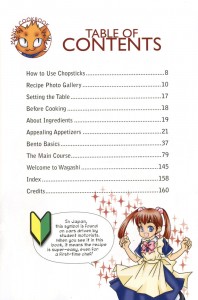
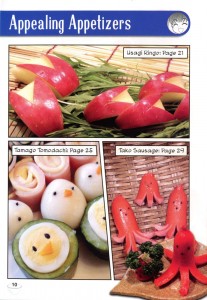
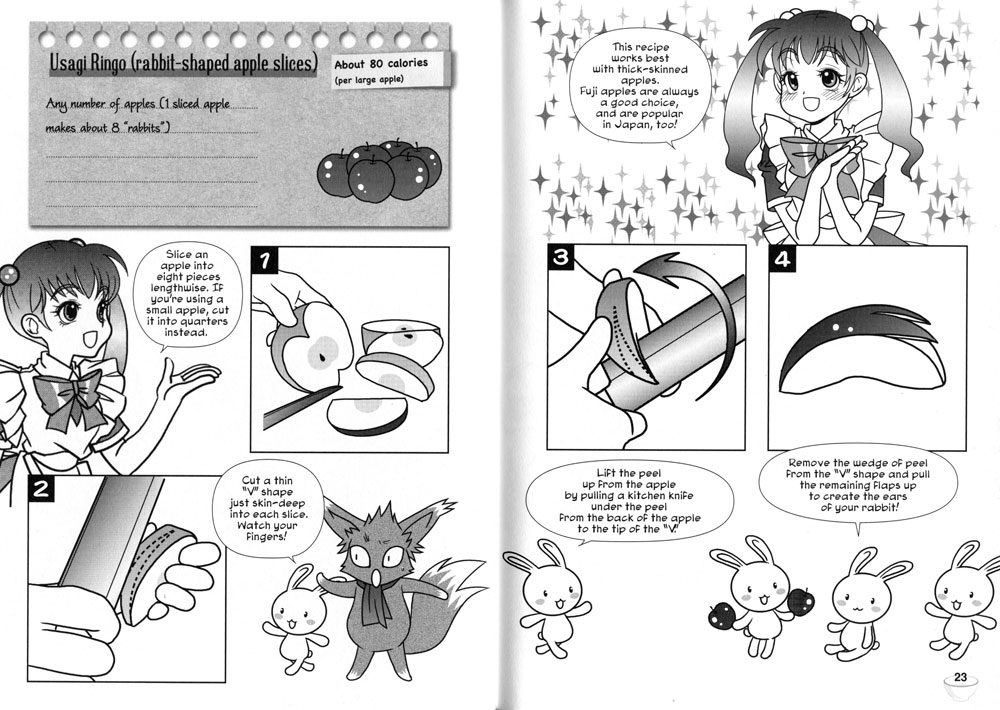
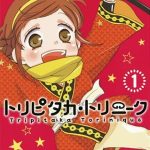


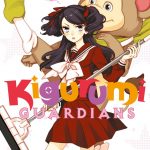

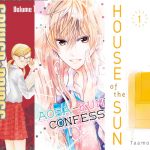


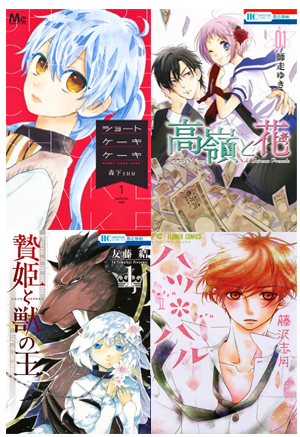
I own this book and use it semi-regularly. I agree with you – it’s a fun cookbook and the recipes are pretty good! Also, as with your experience with the karage, I’ve adjusted the recipes to my own taste or to make them a bit more complex.